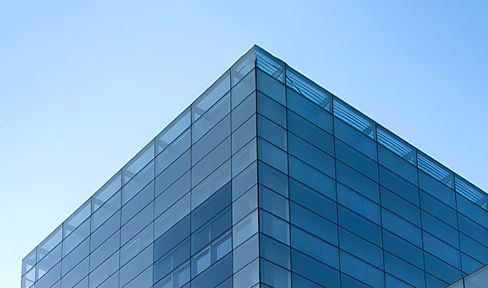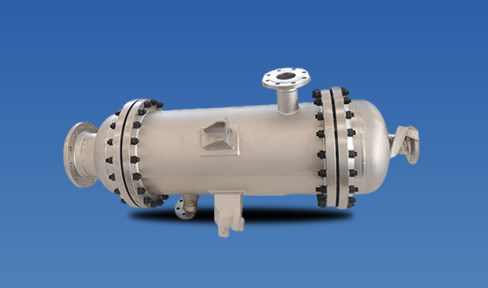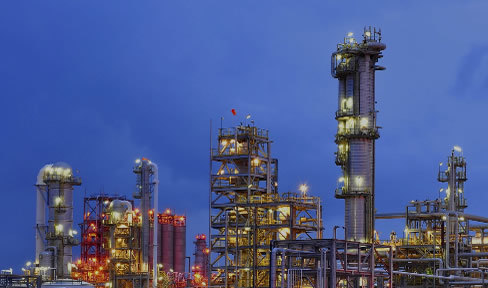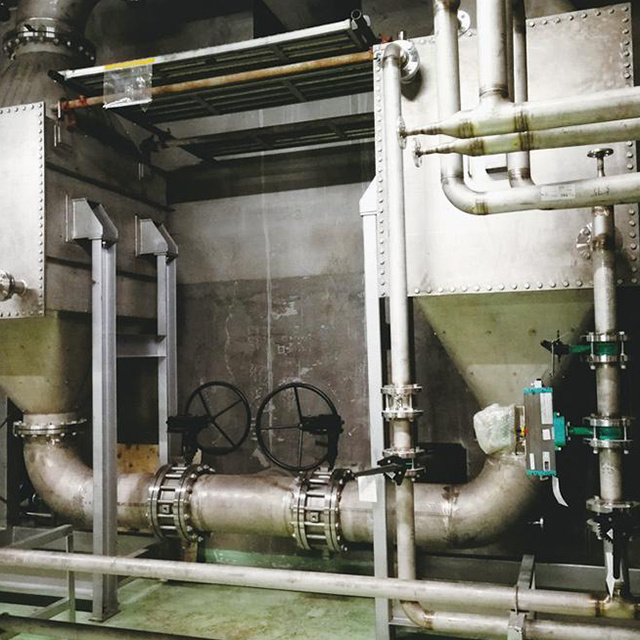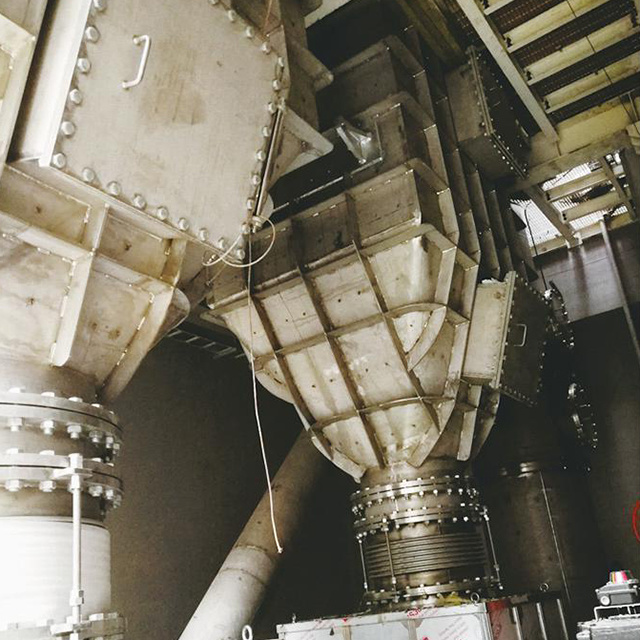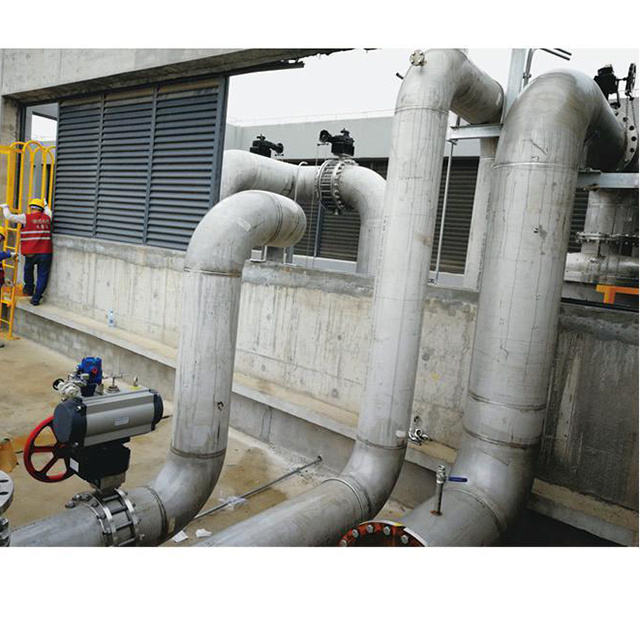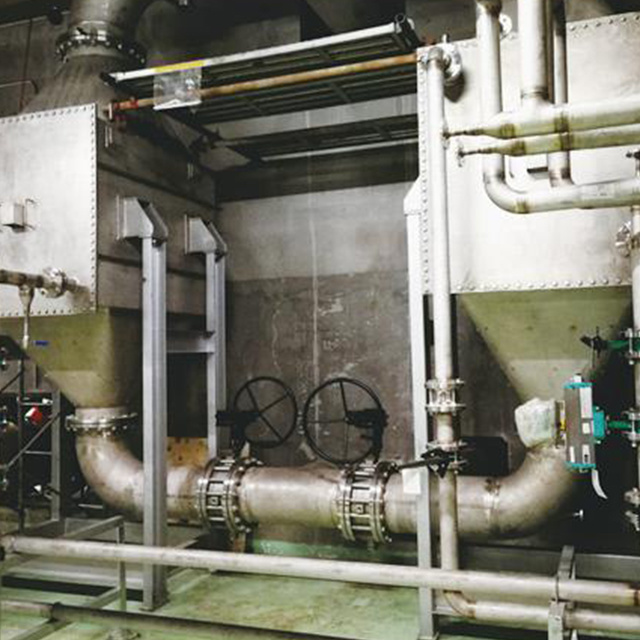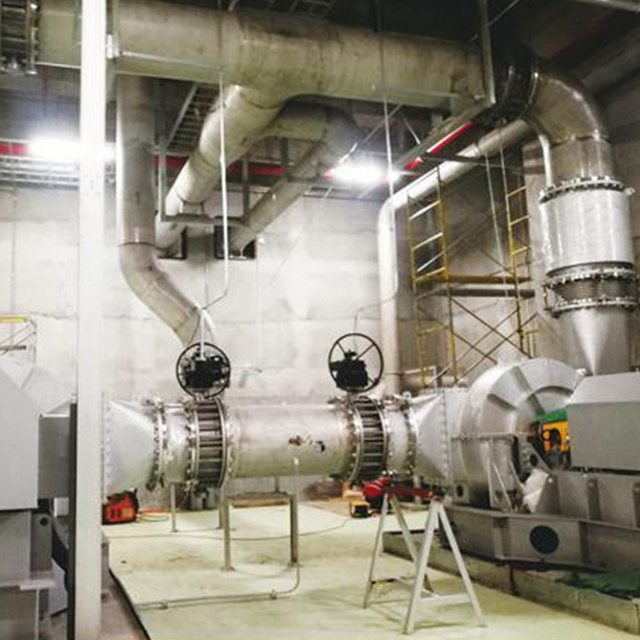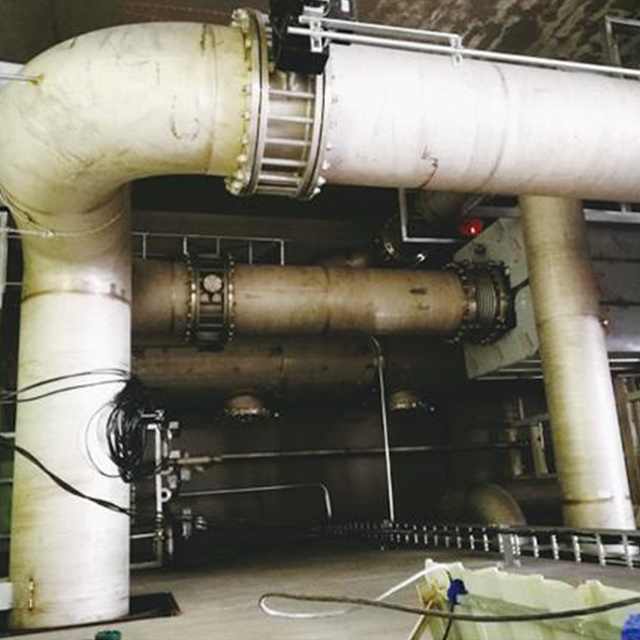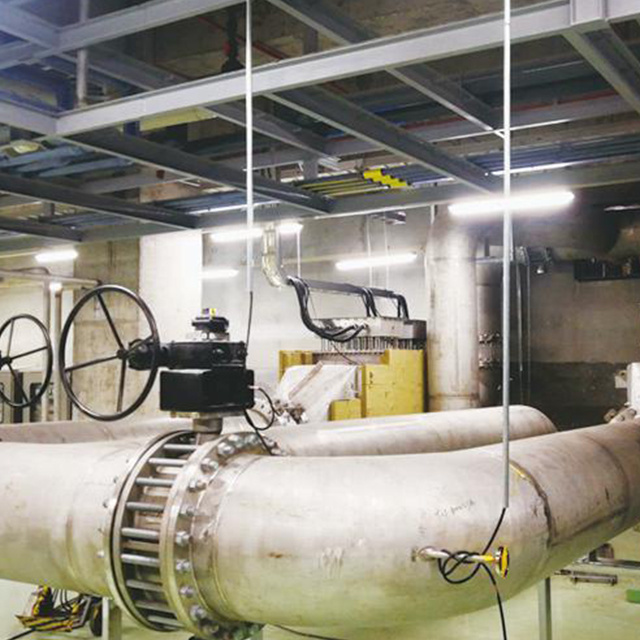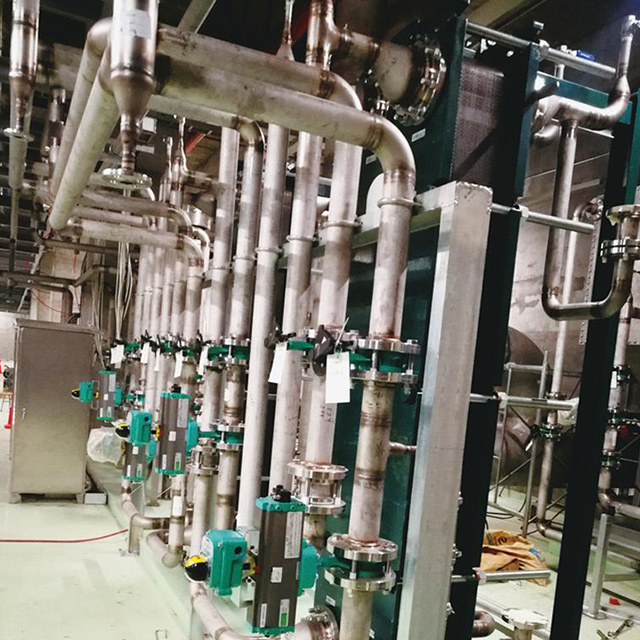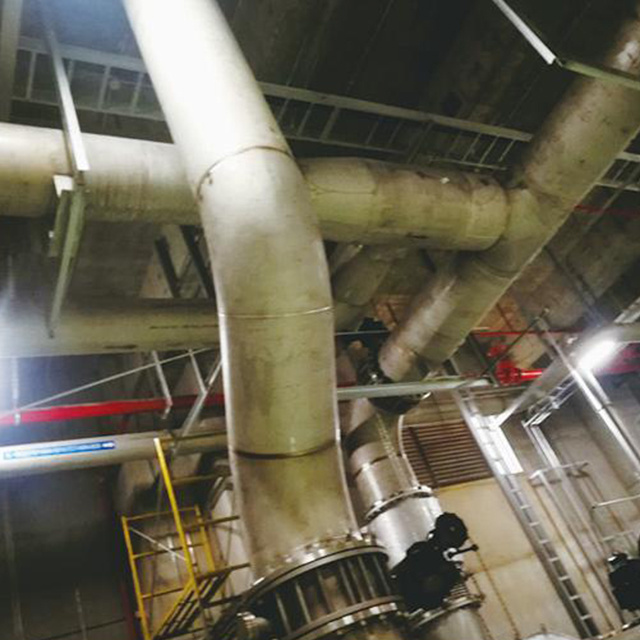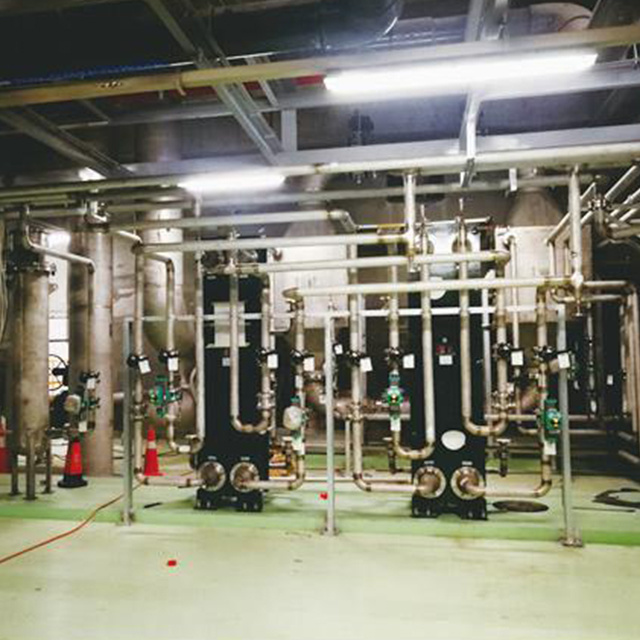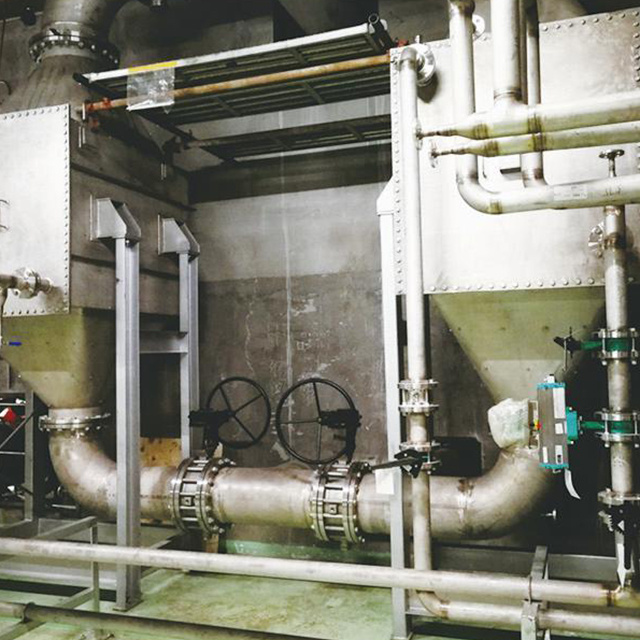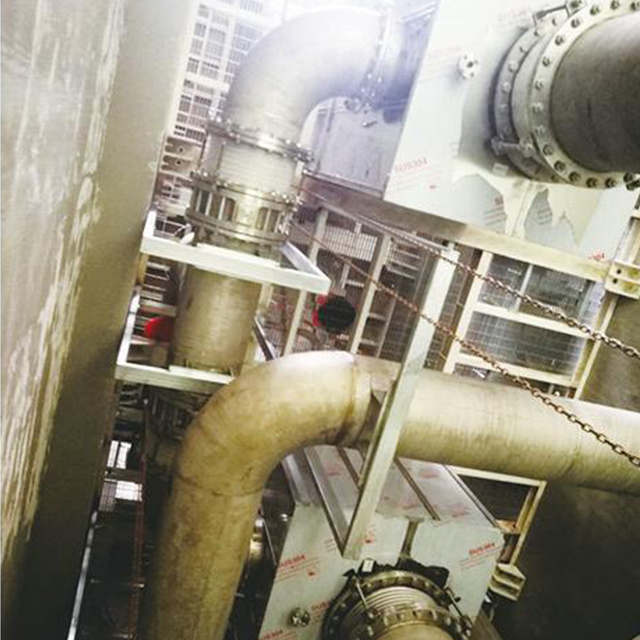Installation and piping of ammonia nitrogen recovery system
Hold a production license for medium and low pressure vessels of fixed type (D),
Mainly engaged in pressure equipment, mechanical and electrical equipment and other industrial equipment manufacturing installation.
Key words:
Pressure Vessels | Special Vessels | Pressure Equipment
Classification:
Product Description
The ammonia nitrogen recovery system mainly uses physical, chemical, or biological methods to convert ammonia nitrogen in industrial wastewater into reusable ammonia water or ammonia gas, thereby achieving the goal of reducing emissions and saving resources. The system usually consists of a preprocessing unit, a reaction unit, a separation unit, a recovery unit, and auxiliary facilities. The pretreatment unit is responsible for removing large particulate matter such as suspended solids and oils from wastewater; The reaction unit utilizes specific chemical reactions to convert ammonia nitrogen; The separation unit performs solid-liquid separation or gas-liquid separation on the reaction products; The recycling unit purifies and recovers the separated ammonia; Auxiliary facilities include pumps, fans, instrument control, etc., to ensure the stability and safety of system operation.
Before installing the ammonia nitrogen recovery system, sufficient preparation work is required. Firstly, based on the existing conditions of the factory and the demand for wastewater treatment, select a suitable ammonia nitrogen recovery technology route and design system drawings. Secondly, conduct on-site inspections to ensure that the installation location complies with safety regulations and reserves sufficient space for operation and maintenance. At the same time, according to the system scale and operating parameters, select suitable equipment and pipes to ensure that the materials are corrosion-resistant and have good sealing properties. In addition, it is necessary to develop a detailed installation and construction plan, clarify the tasks and responsible persons for each stage, and ensure that the installation process proceeds in an orderly manner.
1. Installation of pre-treatment unit: Install facilities such as grilles, regulating tanks, sedimentation tanks, etc. to remove coarse particles and suspended solids from wastewater. Pay attention to the sealing of the connecting pipelines between various facilities to avoid water leakage.
2. Installation of reaction unit: Install reactors, dosing devices, etc. according to the selected technical route. The reactor should be made of corrosion-resistant materials and ensure that the internal structure design is reasonable, which is conducive to the reaction. The dosing device needs to measure accurately to ensure that the dosage of the medication is appropriate.
3. Separation unit installation: Select appropriate separation techniques based on the characteristics of the reaction products, such as air flotation, filtration, evaporation, etc. Attention should be paid to the sealing and operational efficiency of the separation equipment during installation to ensure the separation effect.
4. Installation of recycling unit: The recycling unit usually includes ammonia absorption tower, condenser, etc. During installation, it is necessary to ensure stable connections between various components and conduct strict airtightness tests to prevent ammonia leakage.
5. Installation of auxiliary facilities: Install auxiliary facilities such as pumps, fans, and control systems to ensure the automation and intelligence of system operation. The selection of pumps and fans should be based on the system flow and pressure requirements, and the control system should have remote monitoring and fault alarm functions.
After the system installation is completed, piping and debugging work need to be carried out. When piping, the pipeline direction should be arranged reasonably according to the system flowchart to ensure that the pipeline is short and the fluid resistance is low. Appropriate sealing materials should be used at pipeline connections and pressure testing should be conducted to ensure no leakage. During debugging, a comprehensive inspection of the system is required to ensure that all devices are operating normally and the parameter settings are reasonable. At the same time, actual operational testing is required to observe the system's processing effectiveness and make adjustments and optimizations based on the test results.
More products
Welcome your message consultation
If you are interested in our products, please leave your demand, we will contact you as soon as possible, thank you!


